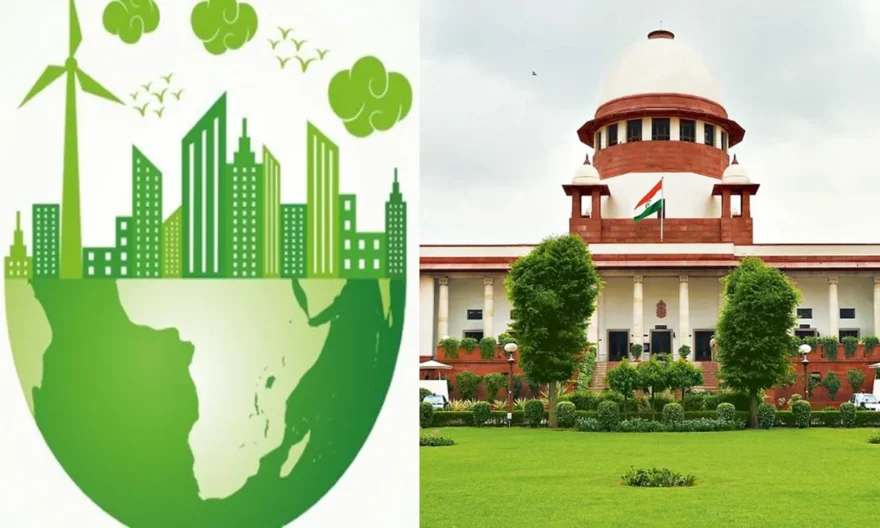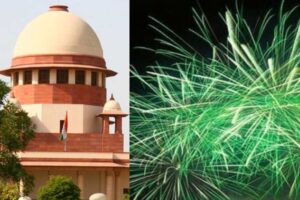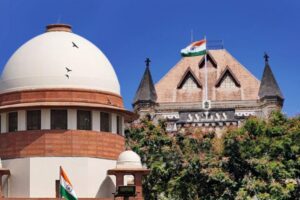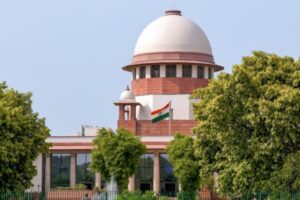
The Supreme Court, stressing the importance of striking a balance between development and the environment, has scheduled a hearing for a matter concerning the Shimla Development Plan on August 11.
Last month, the Himachal Pradesh government notified the draft, Shimla Development Plan to regulate construction activities in the area.
A plea related to the issue was presented before a bench comprising Justices B R Gavai and J B Pardiwala recently.
The bench expressed its intent to review the plan while considering the need to maintain equilibrium between development and environmental concerns. The matter has been listed for a hearing on August 11.
The case before the top court originated from a November 2017 order of the National Green Tribunal (NGT), which had issued several directives, taking note of the adverse environmental and ecological consequences arising from unplanned and indiscriminate development in various areas within the Shimla planning area.
Although the plan was approved by the previous state government in February 2022, its implementation was halted by the NGT through stay orders, deeming it illegal and conflicting with previous orders from 2017 aimed at regulating haphazard constructions in Shimla.
On May 3 of this year, the apex court was informed that due to the NGT’s directions, the final development plan, which was in the stage of “draft notification,” could not be published. The state conveyed that it received 97 objections to the draft development plan.
In response to the circumstances, the court’s May 3 order directed the state of Himachal Pradesh to assess the objections, make decisions, and publish the final development plan within six weeks from that date.
The “Vision 2041” plan, upon implementation, would permit construction in 17 green belts with specific restrictions and also in the core area, where construction activity was banned by the NGT. Detailed guidelines have been outlined in the plan regarding the number of stories, parking, attic, and structure height. It explicitly prohibits tree felling in the green areas.
Notably, the state government has decided to declare the attic as a habitable area and raise its height to 3.5 meters. Construction of one storey with a habitable attic is allowed in the 17 green belts. In the core areas, two stories with a habitable attic and parking are permissible, while in non-core areas, three stories with parking and a habitable attic are allowed.
The plan incorporates a total of 22,450 hectares, including the Municipal Corporation of Shimla, the Special Area Development Authorities of Kufri, Shoghi, and Ghanahatti Special Area, and Additional Shimla Planning Area, along with additional villages.
Additionally, the plan proposes the development of Jubbarhatti and Ghandal as activity-based counter-magnet towns, providing adequate urban amenities such as education, health, trade, and commerce. Satellite townships are also proposed in Ghandal, Fagu, Naldehra, and the Chamiyana area to alleviate congestion in the core area and accommodate the growing population and commercial activities.




